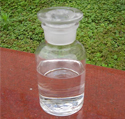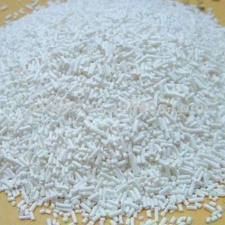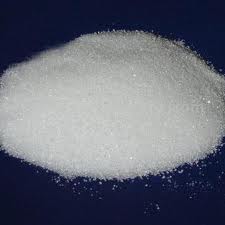Products
 Food Preservative
Food PreservativeE202----- Potassium sorbate is a commonly used food preservative that is in scientific terms, the potassium salt of the sorbic acid. Its E number is 202, CAS number is 24634-61-5 and its IUPAC name is Potassium (2E, 4E)-hexa-2, 4-dienoate. The other popular names for Potassium sorbate preservative are Sorbistat-K and Sorbistat potassium. Potassium sorbate is basically an active ingredient for curbing the growth of yeast, molds and fungus that cause the decomposing of the food materials. Potassium sorbate inhibits such growth and in turn increases the life of the food product.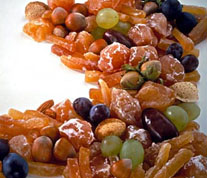
E200---- Sorbic acid , or 2, 4-hexadienoic acid, is a natural organic compound used as a food preservative. It has the chemical formula C6H8O2. It is a colourless solid that is slightly soluble in water and sublimes readily. It was first isolated from the unripe berries of the rowan tree, hence its name. Sorbic acid and its salts, such as sodium sorbate, potassium sorbate, and calcium sorbate, are antimicrobial agents often used as preservatives in food and drinks to prevent the growth of mold, yeast, and fungi. In general the salts are preferred over the acid form because they are more soluble in water, but it is the acid form that is active.
E211--Sodium benzoate has the chemical formula NaC6H5CO2; it is a widely used food preservative, with E number E211. It is the sodium salt of benzoic acid and exists in this form when dissolved in water. It can be produced by reacting sodium hydroxide with benzoic acid.
Sodium benzoate is a preservative. It is bacteriostatic and fungistatic under acidic conditions. It is most widely used in acidic foods such as salad dressings (vinegar), carbonated drinks (carbonic acid), jams and fruit juices (citric acid), pickles (vinegar), and condiments. It is also used as a preservative in medicines and cosmetics. It is also used in fireworks as a fuel in whistle mix, a powder that emits a whistling noise when compressed into a tube and ignited. The fuel is also one of the fastest burning rocket fuels and provides a lot of thrust and smoke. It does have its downsides: there is a high danger of explosion when the fuel is sharply compressed because of the fuel's sensitivity to impact.
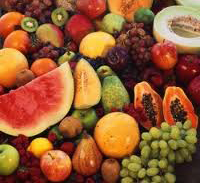 Sodium benzoate is produced by the neutralization of benzoic acid with sodium hydroxide. Benzoic acid is detectable at low levels in cranberries, prunes, greengage plums, cinnamon, ripe cloves, and apples. Though benzoic acid is a more effective preservative, sodium benzoate is more commonly used as a food additive because benzoic acid does not dissolve well in water. Concentration as a preservative is limited by the FDA in the U.S. to 0.1% by weight. The International Programmer on Chemical Safety found no adverse effects in humans at doses of 647–825 mg/kg of body weight per day.
Sodium benzoate is produced by the neutralization of benzoic acid with sodium hydroxide. Benzoic acid is detectable at low levels in cranberries, prunes, greengage plums, cinnamon, ripe cloves, and apples. Though benzoic acid is a more effective preservative, sodium benzoate is more commonly used as a food additive because benzoic acid does not dissolve well in water. Concentration as a preservative is limited by the FDA in the U.S. to 0.1% by weight. The International Programmer on Chemical Safety found no adverse effects in humans at doses of 647–825 mg/kg of body weight per day.
Cats have a significantly lower tolerance against benzoic acid and its salts than rats and mice. Sodium benzoate is, however, allowed as an animal food additive at up to 0.1%, according to Arco’s publication.
E210----Benzoic acid C7H6O2 (or C6H5COOH), is a colorless crystalline solid and the simplest aromatic carboxylic acid. The name derived from gum benzoin, which was for a long time the only source for benzoic acid. Its salts are used as a food preservative and benzoic acid is an important precursor for the synthesis of many other organic substances. The salts and esters of benzoic acid are known as benzoates
You can learn more about paraben preservative in cosmtic




